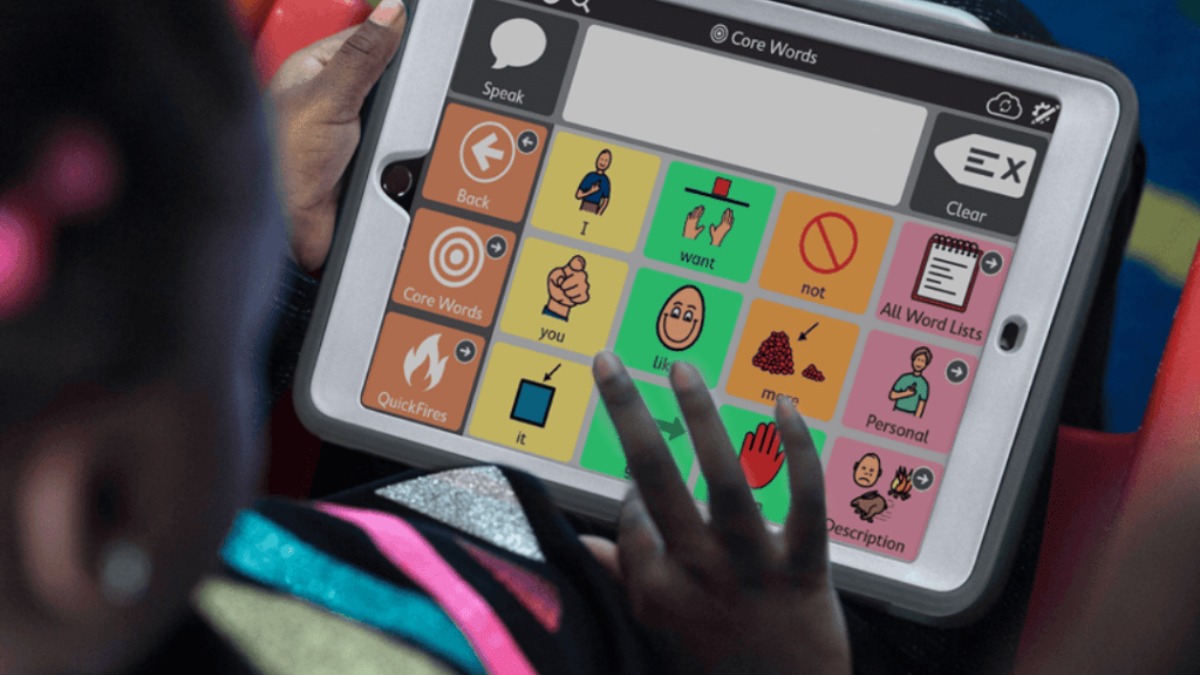How to Use DIR/Floortime to Address Sensory Processing Challenges
February 19, 2025
Learn how DIR/Floortime can help address sensory processing challenges by fostering meaningful connections and developmental growth.

Sensory processing challenges affect up to 1 in 20 children, often impacting their ability to navigate everyday activities and social interactions. DIR/Floortime, a research-supported developmental approach, offers a personalized and effective way to help children overcome these difficulties by focusing on their individual needs and encouraging meaningful engagement through play.
How to Use DIR/Floortime to Address Sensory Processing Challenges
DIR/Floortime provides a structured yet flexible approach to engaging children with sensory processing challenges through purposeful play. The key is to meet the child at their developmental level and build on their unique strengths while addressing sensory sensitivities.
The method emphasizes creating warm, emotionally supportive interactions that foster developmental growth and sensory regulation. Parents and caregivers work alongside therapists to form meaningful connections and encourage children to explore their sensory environment at their own pace.
Understanding Sensory Processing Challenges
Sensory processing issues occur when the brain struggles to receive and respond appropriately to sensory input. Children may become overwhelmed by sights, sounds, or textures or may not respond to sensory input at all.
4 Common Signs of Sensory Processing Issues
- Oversensitivity to noise, touch, or light
- Avoidance of messy textures or physical activities
- Difficulty focusing in busy environments
- Seeking excessive movement or deep pressure stimulation
Understanding a child’s sensory profile allows caregivers to identify specific triggers and tailor interventions through DIR/Floortime techniques.
5 Key Steps for Using DIR/Floortime Effectively
When using DIR/Floortime to support children with sensory needs, a thoughtful approach ensures meaningful engagement and developmental progress. By focusing on sensory preferences, creating a supportive environment, and fostering emotional connections, parents and therapists can promote positive interactions. Below are five key steps to help you use DIR/Floortime effectively, offering practical strategies for each stage of the process.
1. Identify Sensory Preferences and Challenges
Before implementing DIR/Floortime, it’s essential to observe and assess the child’s sensory needs. Does the child avoid bright lights or loud noises? Are they drawn to textures or movement?
How to Conduct Sensory Assessments:
- Observe the child in various settings (home, school, playground).
- Take notes on reactions to different sensory inputs.
- Consult with professionals for a detailed sensory profile.
Understanding these preferences helps inform play strategies tailored to the child’s sensory profile.
2. Create a Supportive Environment
A comfortable and predictable environment encourages exploration and reduces sensory overload.
3 Tips for Setting Up a Sensory-Friendly Space:
- Use soft lighting and minimize background noise.
- Provide sensory tools like weighted blankets, fidget toys, and sensory bins.
- Establish clear and consistent routines to reduce unpredictability.
This setup helps children feel safe, which is essential for engagement during DIR/Floortime sessions.
3. Engage in Purposeful Play
DIR/Floortime emphasizes following the child’s lead while gently guiding them toward developmental goals. Play sessions should be fun, meaningful, and aligned with the child’s sensory preferences.
3 Steps to Effective Play Interaction:
- Observe: Notice what captures the child’s attention.
- Join In: Participate in the activity without taking control.
- Challenge: Introduce slight variations to promote growth (e.g., adding sensory elements like textured toys).
Play becomes a vehicle for sensory exploration and self-regulation when aligned with a child’s needs.
4. Build Emotional Connections
Creating a strong emotional connection is at the heart of DIR/Floortime. Emotional engagement motivates children to explore sensory environments and develop coping strategies.
How to Foster Emotional Engagement:
- Maintain eye contact and use positive facial expressions.
- Use expressive language to validate the child’s feelings.
- Celebrate small victories to build confidence.
These strategies encourage trust and make sensory exploration less intimidating.
5. Gradually Introduce Sensory Experiences
Children with sensory processing challenges benefit from gradual exposure to new sensory inputs.
3 Guidelines for Gradual Sensory Exposure:
- Start with familiar, comfortable sensory experiences.
- Slowly introduce new textures, sounds, or movements.
- Respect the child’s limits and provide breaks when needed.
This approach helps children build resilience and adaptability.
3 Benefits of DIR/Floortime for Sensory Processing Challenges

Encouraging Long-Term Progress
Consistency is key when using DIR/Floortime to address sensory processing challenges. Regular sessions, ongoing assessment, and collaboration between caregivers and therapists ensure meaningful progress.
At WonDIRfulPlay, we specialize in helping children overcome sensory processing challenges through tailored DIR/Floortime sessions. Our compassionate therapists work closely with families to create meaningful, developmentally supportive interactions.
If you’re in New Jersey and seeking expert guidance for your child’s sensory needs, reach out to us today. Let’s build a world of wonder and growth together.
Recent articles













.jpg)


.jpg)






.jpg)











.jpg)
.jpg)

.jpg)
.jpg)
.jpg)


.jpg)
.jpg)
.jpg)

.jpg)
.jpg)

.jpg)



.jpg)


.jpg)
%20(1).jpg)

.jpg)






.jpeg)









.jpg)
.jpg)
.jpg)
.jpg)
.jpg)


.jpg)
.jpg)
.jpg)
.jpg)
.jpg)
.jpg)
.jpg)
.jpg)
.jpg)
.jpg)
.jpg)
.jpg)
.jpg)
.jpg)
.jpg)
.jpg)
.jpg)
.jpg)
.jpg)
